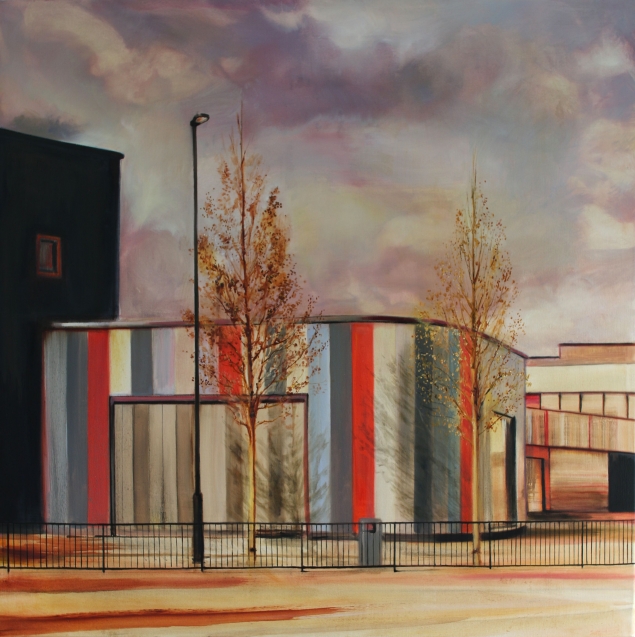As possibly the most popular and diverse of fine art mediums, paintings form an important subject area of art history. We’ve put together this brief guide to introduce you to this medium, answering 4 of the most commonly asked questions.
If you're looking for paintings for sale, take a look at our collection here.
What Are the Different Types of Painting?
The different types of painting account for a variety of different media that come under the umbrella term of paint. In technical terms, a paint is any coloured liquid that is applied to a surface to create artwork. There are many different kinds of paint, each with their own unique characteristics and techniques to be mastered. Here are just a few popular painting types and a quick breakdown of what makes that paint unique:
1. Oil Paintings
Oil-based paints are long-lasting and offer a glossy finish. The paint takes a while to dry, meaning that artists can constantly develop and change the painting as they work on it. Georgia Peskett makes use of oil paints to create her urban landscapes and capture the movement of the city.
2. Gouache Paintings
Gouache is water-soluble and highly opaque, meaning that little of the surface beneath it is shown. It has a chalky quality and takes a while to dry, making it workable for days or even weeks at a time. The painting Flamenco by Gocha Tsinadze is an excellent example of what gouache can do, where the vibrant and opaque colour is beautifully contrasted against the background.
3. Watercolour Paintings
Watercolour paints are a popular choice for amateurs and professional artists alike. Paints dry fairly quickly and are somewhat transparent, creating a beautiful effect that makes it a popular medium. If you’re a fan of watercolours, take a look at Tou Toa, an artist whose paintings have a subtle and dreamlike quality.
Flamenco, 2018, by Gocha Tsinadze
How Do You Price a Painting?
For artists and collectors alike, pricing a painting poses plenty of problems. There are several factors to consider, but bear in mind that there is no exact science to this process. The cost of materials comes into play, with some paints being more expensive than others and larger canvases costing more to produce. The second factor will be the labour costs, i.e. the time that the artist spent creating the piece. Finally, and this is possibly the hardest part to define, comes the experience of the artist and their popularity in the art scene.
If you'd like to find out more about how to price artwork, take a look at our blog here or watch our video below:
Whose Paintings Are Worth the Most?
Valuing art can be a tricky business, and the price of paintings are always in flux. But there are a few big names that always fetch a hefty price at auction. Some of the most famous artists whose pieces always come with a considerable price tag include Mark Rothko, Jackson Pollock and Picasso. To date, the most expensive painting ever sold was Leonardo Da Vinci’s Salvator Mundi, which went for $450 million dollars at Christie’s auction house in New York.
Salvator Mundi, c.1499-1510, by Leonardo da Vinci (courtesy of Max Pexel)
How Can I Tell If a Painting Is an Original?
Many of the most popular artworks in the world have been reproduced, allowing people to own a less expensive version of their favourite paintings. However, at times it can be hard to tell whether a painting is an original or replica, which can pose problems for an art collector. Being able to accurately determine the status of a painting takes training and a good eye, but there are a few basic rules you can follow.
Original paintings tend to be produced on canvas, panel, paper or wood, whereas replicas will typically be stock paper or cardboard. Watch out, as reproductions may also be printed on canvas and with varnish to emulate brushstrokes.
The best way to tell whether a painting is original is by grabbing a magnifying glass and looking at the surface of the work. With oil paintings you can often see and feel the texture of the paint, while watercolour paintings leave impressions from the brush that are visible under a magnifying glass. You may also see paint colours that overlap one another in an original painting. Finally, look out for pencil marks or sketches beneath the surface of the paint, which generally indicate an original painting.
Facade Red, White and Blue, 2018, by Georgia Peskett



